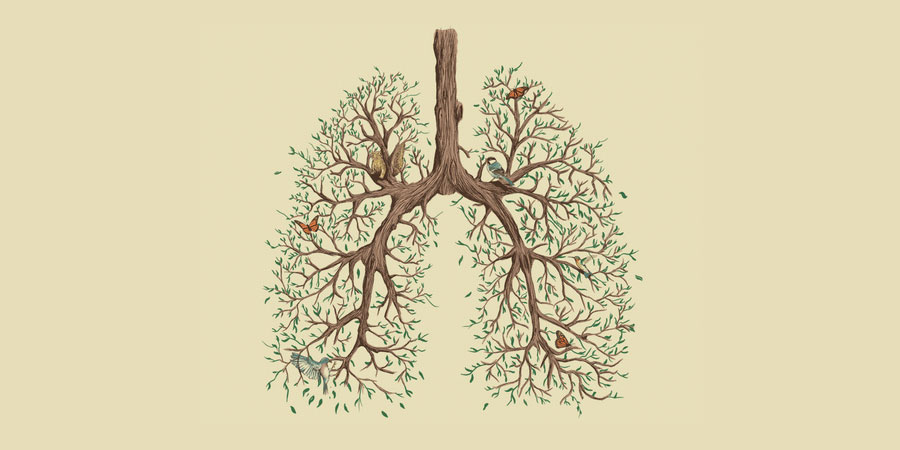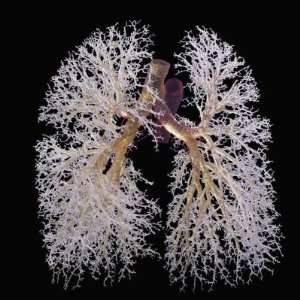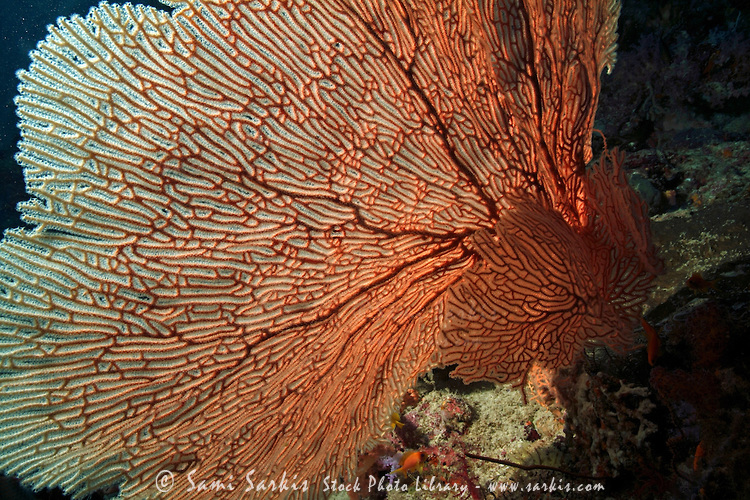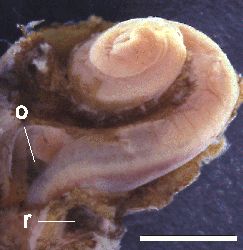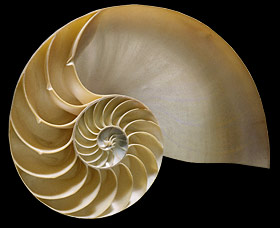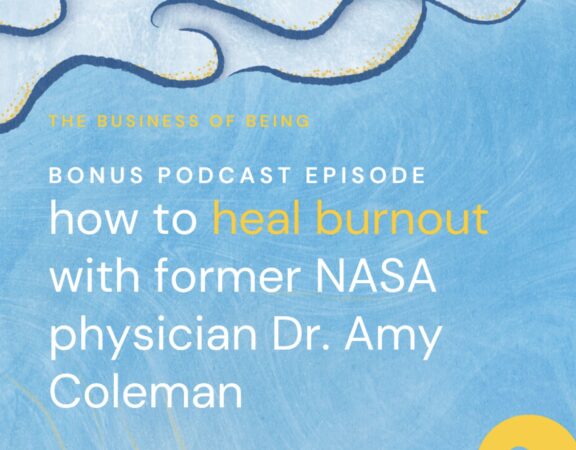Earth Day is Wednesday, April 22nd, 2015. Paying homage to Mother Nature on her special day may require no further looking, than inward… to our own bodies, where the same blueprint that forms the function of forests, oceans and space ecosystems, exist and thrive, for us, as well. Let’s take a journey, with pictures, to our own inner space, to see just how similar we all are.
Wise persons from all cultures have known that we are connected to basic laws of form and function that govern larger systems. Science explains this as a “microcosm of a macrocosm. ” Sometimes, it can be all too easy to see the world as in relation to “us,” when, in fact, it is about our relationship with all of it. This concept, when truly realized, will carve a sincere space for this holiday in your heart.
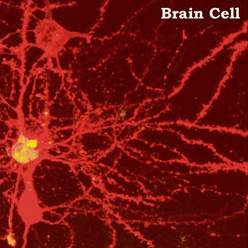
Image by dallas93444.hubpages.com
The picture of a brain cell, with twin-like identity to the photo of the universe; with it’s networking connections, called dendrites, and a central station called the nucleus.
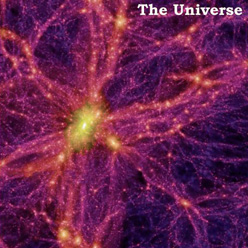
Image by dallas93444.hubpages.com
The picture of a universe, so similar to the brain cell, with it’s networking connections of galaxies, stars and dark matter with a central station of galaxies and suns in a tightly grouped cluster.
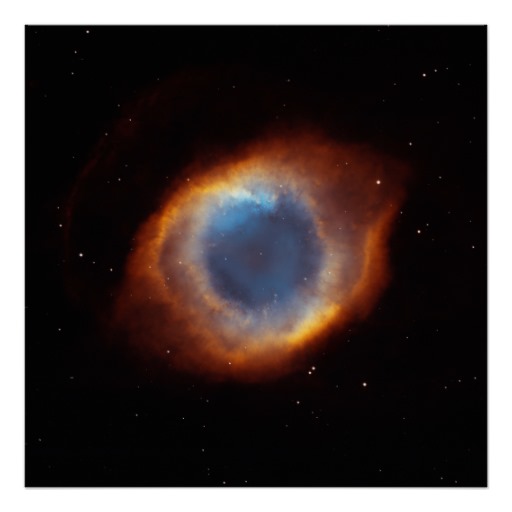
Image by skyimagelab.com
The Eye of God Nebula, a collection of interstella dust, hydrogen, helium and other ionized gases. Over time, this collection will form the creation of a star or planet.
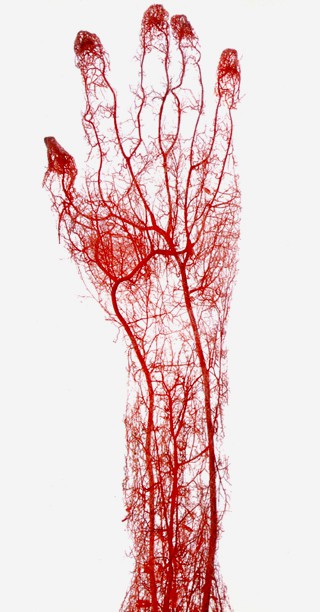
Image by Imaginaldisc.com
The circulatory system of tiny arteries in our body filters the tissue around it by an exchange system: giving nutrients to the surrounding tissue, and absorbing waste products that have accumulated in the tissue from it’s own metabolic processes.
Image credits: Top, Shaylee-rose.



